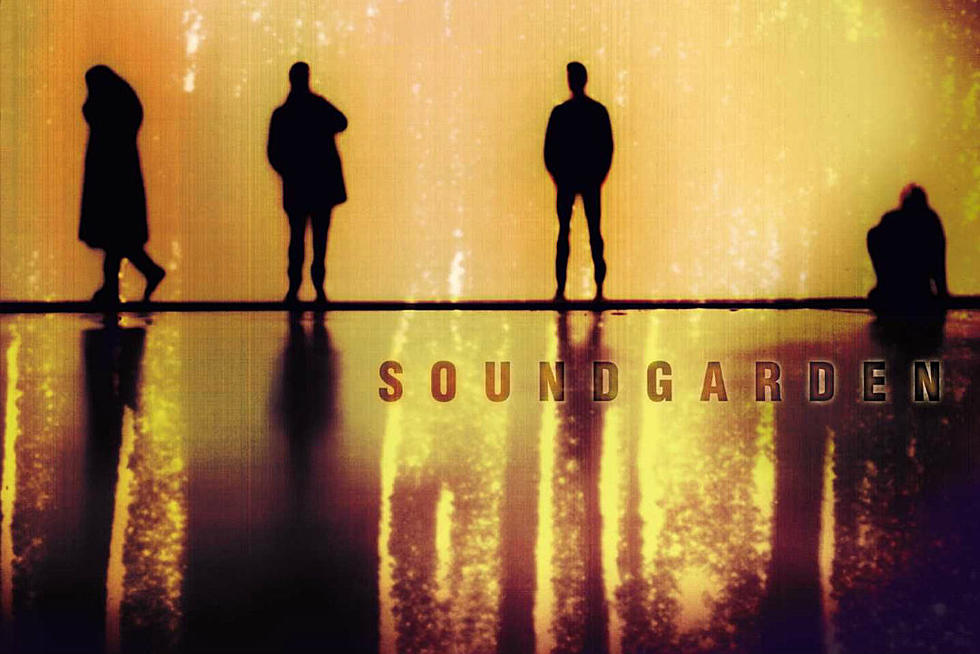
20 Years Ago: Soundgarden Release Their (First) Final Album ‘Down on the Upside’
Whether Seattle grunge forefathers Soundgarden knew it at the time, they were nearing the end of days when they released their fifth album, Down on the Upside, in May 1996. A year after they released it, Soundgarden brought their 13-year run to an abrupt stop and they remained on hiatus for 15 years.
In hindsight, Down on the Upside is a revealing snapshot of the state of the band at the time. There are moments of sheer genius but compared to their 1994 masterpiece Superunknown, there’s a clear lack of direction. It's likely the sound of frontman Chris Cornell, guitarist Kim Thayil, bassist Ben Shepherd and drummer Matt Cameron drifting apart. That, paired with Soundgarden’s decision to self-produce the record (usually not a great idea), led to a mixed swan song only saved by several key compositions.
The thing is, the highs are very high on Down on the Upside: Opening track “Pretty Noose” is a slow-churning face-melter chock-full of patented Soundgarden sludge and distorted guitar squeals. Filled with piss and vinegar, Cornell sings of seductive temptations with a heavy price, wailing in the chorus: “Pretty noose is pretty hate, and I don’t like what you got me hanging from." Basically, it’s everything you could ever want in a Soundgarden song.
Single “Blow Up the Outside World” became an instant classic with its juxtaposition of clean, moody verses with a towering chorus. It also showcases how incredibly adept Soundgarden had become at building dynamics into their songs instead of simply droning along in drop-D tuning.
“Burden in My Hand” is another great fusion of clean and dirty tones, and it became the most successful single from the album, with five weeks atop Billboard's Mainstream Rock chart. Meanwhile the irate rager “Ty Cobb” tips its cap to the band’s punk roots but also features Shepherd and Cornell playing mandolin and mandola. Other tracks like "Rhinosaur" (which sounds exactly like the name implies) demonstrate the slower, more swaggering side of Soundgarden.
But despite those strong points, parts of the second half of the album noticeably drag. The final six cuts or so feel like bonus material, lacking the focus and urgency of the earlier songs on the album.
Still, with grunge already fading from the forefront, fans and critics largely embraced Down on the Upside, propelling it to No. 2 on the Billboard 200, while “Pretty Noose” won Best Hard Rock Performance at the 1997 Grammys.
But after a tension-filled Lollapalooza tour with Metallica that wrapped in early 1997, Soundgarden announced that April that they were going their separate ways. Cornell went on to release solo albums and join three-quarters of Rage Against the Machine in Audioslave while Cameron turned a temporary gig with Pearl Jam into becoming their longest-tenured drummer. Then on the first day of 2010, Soundgarden announced their reunion and picked up (mostly) where they left off with 2012's King Animal.
Listening to Down on the Upside now, it's obviously the product of four musicians with creative interests that had outgrown the scope of Soundgarden. But, as the 15 years of ensuing silence made clear, that’s still a whole heck of a lot better than the alternative.
Soundgarden Albums Ranked in Order of Awesomeness
More From Diffuser.fm









